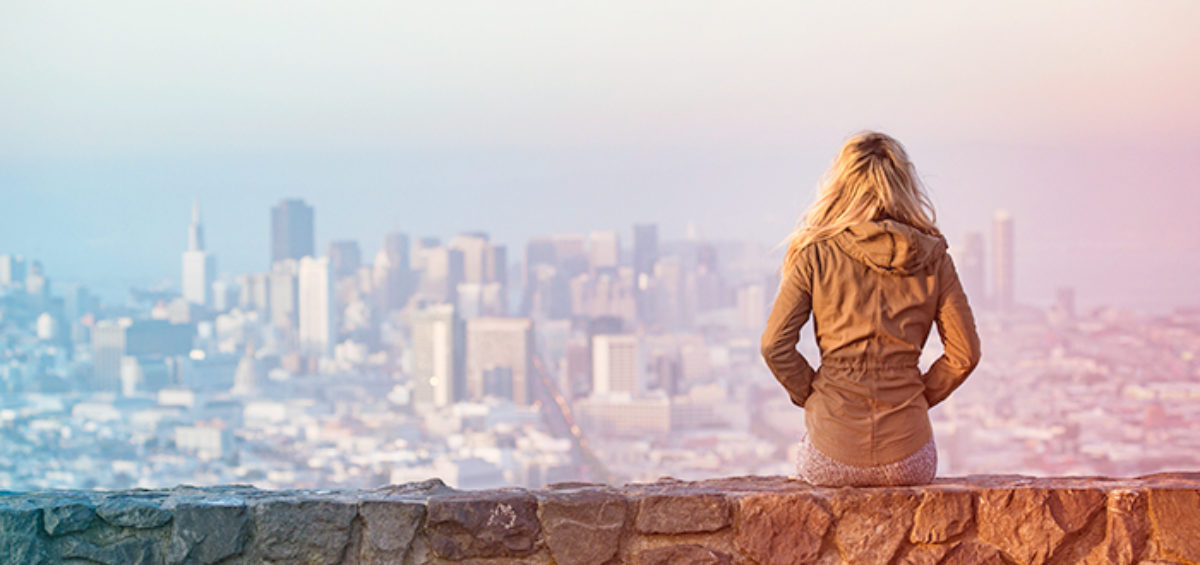Traditionally, cities have catered to working, able-bodied men because they were designed by men. Cities designed by women in the modern age would change everything.
When you travel for business, you get a chance to see the best and worst of cities around the world. You get to see their airports, you get to experience their transportation infrastructures, you visit business districts and dine in area restaurants. Traditionally, these cities have been designed by and for able-bodied men. But how would the experience be different if cities were designed by women, and women were a priority?
March is Women’s History Month, which makes it the perfect time to reflect on a woman’s perspective on cities — and how they could be better for both travelers and residents. See below to learn more about the future of cities designed by women.
Cities are Typically Designed for Men
According to the World Bank, women hold only 10% of all jobs at leading architectural firms around the globe. Sadly, this small percentage represents a high-water mark for women in design — the percentage would have been even smaller in the 20th century and earlier.
For this reason and because of the traditional role of women in society, today’s cities exist to meet the needs of fully grown, able-bodied men. Think of an established city, and you’ll find that its infrastructure developed around the idea that men take the train (or other transit) to work while women stay home with the kids — which is why most major cities include stark contrasts between residential and business districts.
But more and more women are working full-time, often as the primary income earners in their families, and urban areas that once house business districts are becoming popular residential areas for young people and even young families.
Unfortunately, city centers are not designed for the needs of women or families. Women have unique needs and experiences that differentiate them from men, including:
- Women are typically smaller than men.
- Women are sometimes pregnant and sometimes need spaces to breastfeed.
- Women can feel unsafe after dark in some cases.
These distinct experiences help women empathize with other groups that have unique needs, like young people, old people and the disabled. If women had more of an influence over urban layout, and if designing cities for women were more of a priority, all groups with unique needs would have an environment that better helped them navigate day-to-day life.
There’s good news on this front, though: Some of the world’s most popular travel destinations are starting to design cities with women in mind.

Test Cases in Barcelona and Paris
When women spend time in large cities, they often become aware of the need for the work-home divide to be smaller. They desire more family-friendly spaces. They want more access ramps for walking with strollers, more diaper-changing areas, and more room in women’s restrooms to accommodate additional stalls.
The restroom issue is particularly poignant. Women typically spend 3 times longer in the restroom than men, and women typically have fewer toilets to use than their male counterparts. Why? Because men’s and women’s restrooms are typically the same square footage, even though men’s rooms include urinals that take up far less space than full-size toilets. No wonder lines at public restrooms are typically longer for women than for men.
Major cities around the world are making a change though, re-designing cities for women in a way that makes space more accessible and enjoyable for everyone.
In Barcelona, the city has created what are known as “superblocks.” A section that includes 9 traditional blocks is combined into one, pushing cars to the outer rim and turning the interior streets into pedestrian- and bike-friendly walkways. What sparked this change in Spain’s second-largest city — home to more than 5 million people?
Barcelona found that 80% of trips within city limits were taken either by foot or public transit. But 60% of the city’s public spaces were dedicated to automobiles. The superblock concept was implemented to better align the city’s space to how people live and move about. The result is a city that’s more friendly to everyone — more dedicated walkways, benches and green spaces, plus less of a divide between everyday life and work.
Paris is doing something similar under Mayor Anne Hidalgo, who has launched a “15-minute” city concept. The idea of the 15-minute city is that homes, workplaces, shopping, entertainment, education and healthcare should be accessible by a 15-minute walk or bike ride for all residents in Paris. Of course, this is counter to the traditional city approach of accommodating men who take the train into the urban center for work while women stay in the outer realms or suburbs to watch kids.
Even open-source maps are biased against the needs of women. The vast majority of people who update open-source maps are men, meaning that these map projects typically miss restrooms, childcare businesses, abuse shelters, sexual health clinics and other establishments that are more meaningful and important to women.

The Cities of the Future
As women become a larger percentage of architects at leading firms, and as more women lead efforts like those in Barcelona and Paris, designing cities for women will become more than just an idea — it will become a reality. As noted above, designing cities for women also means designing cities for other groups whose needs are often overlooked — the very young, the very old, the disabled, etc.
And everyone would reap the benefits. Designing cities in this fashion would mean:
- Shorter commutes
- More green spaces (including parks and benches)
- Plentiful walkways and bike paths
- Better access to public services large (healthcare, education) and small (toilets)
- A greater sense of community
If and when cities around the world begin redesigning this way, traveling will be more convenient and enjoyable for everyone.
Make the Most of Business Trips With JTB
As we wait for a new type of design to take hold in cities around the world, JTB Business Travel is here to help your company make the most of its travel spend. We can help your business discover savings while also supporting traveling team members before, during and after their trips, no matter the destination. Behind everything we do is a common-sense approach to business travel.
Contact us to learn more about what JTB Business Travel offers companies like yours.














Leave a Comment